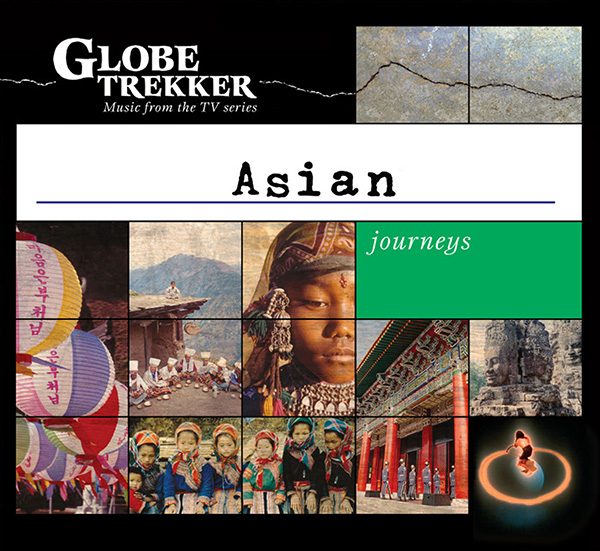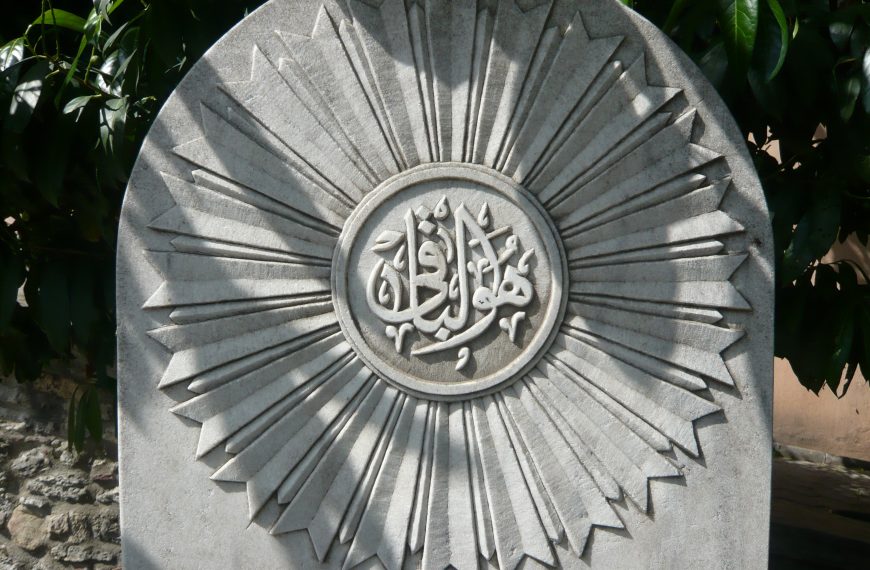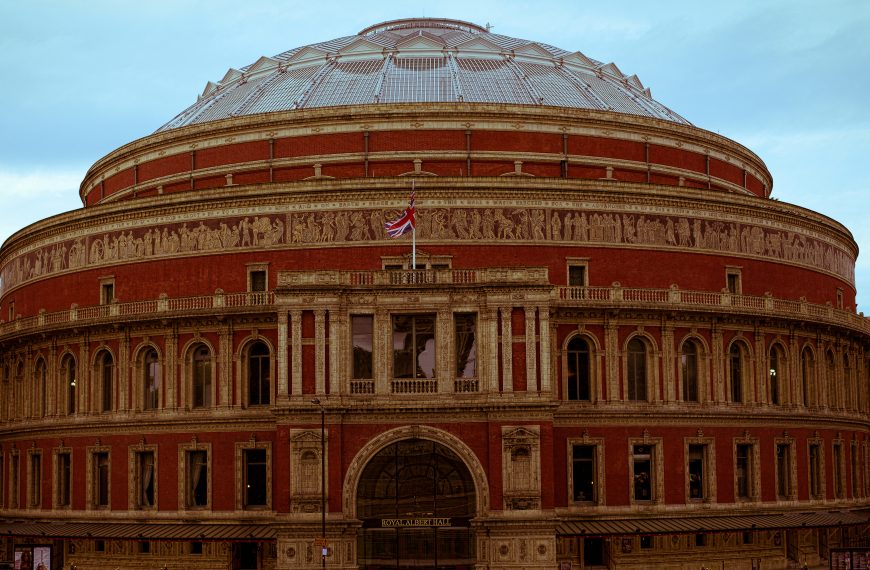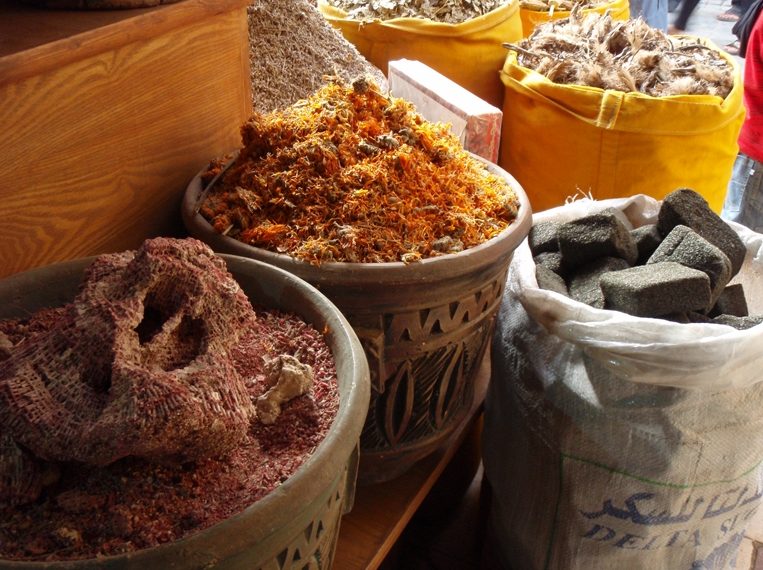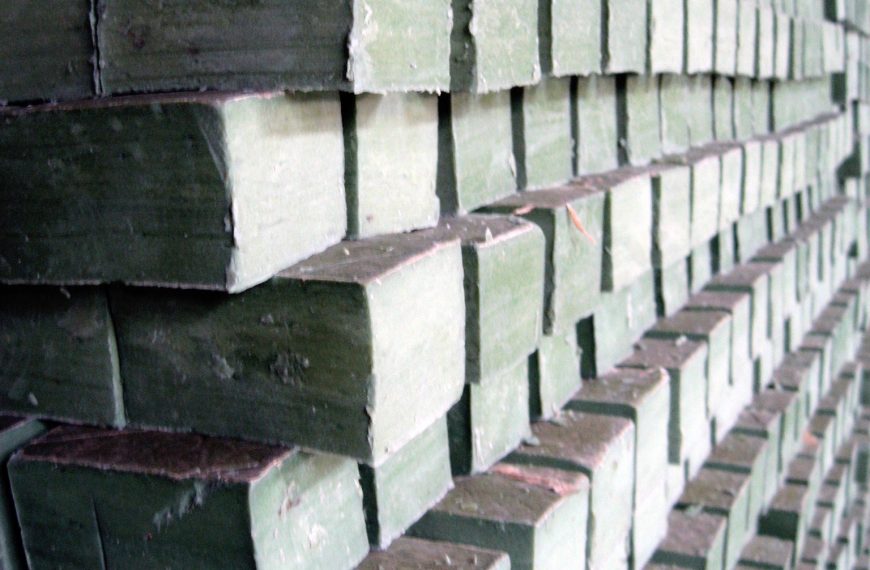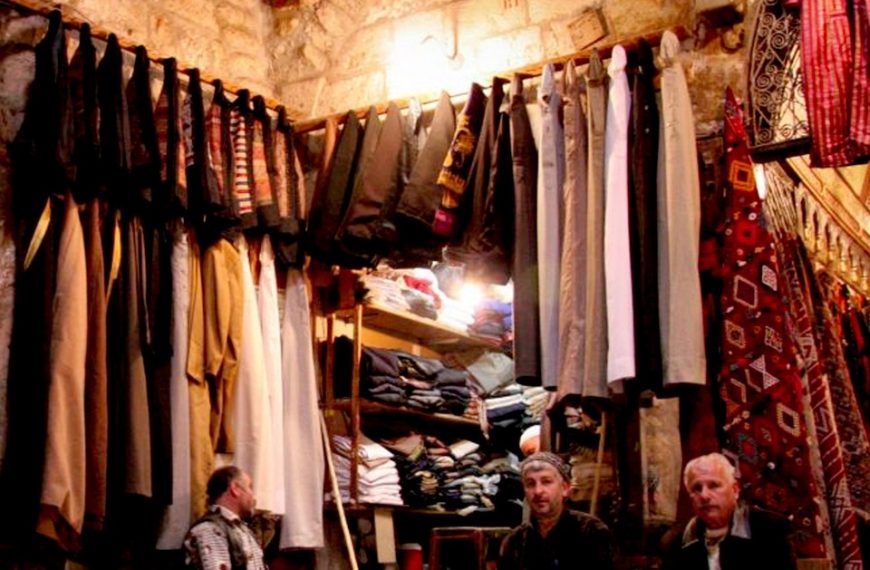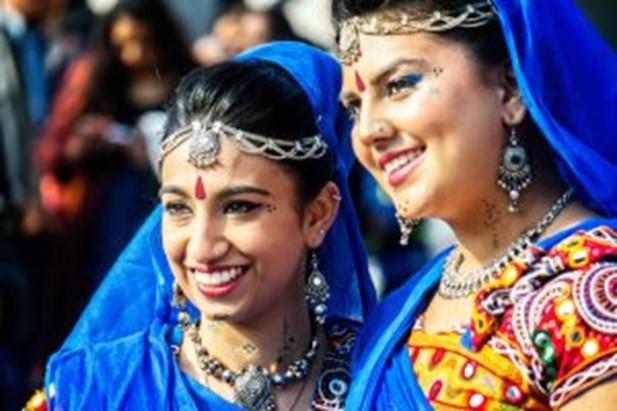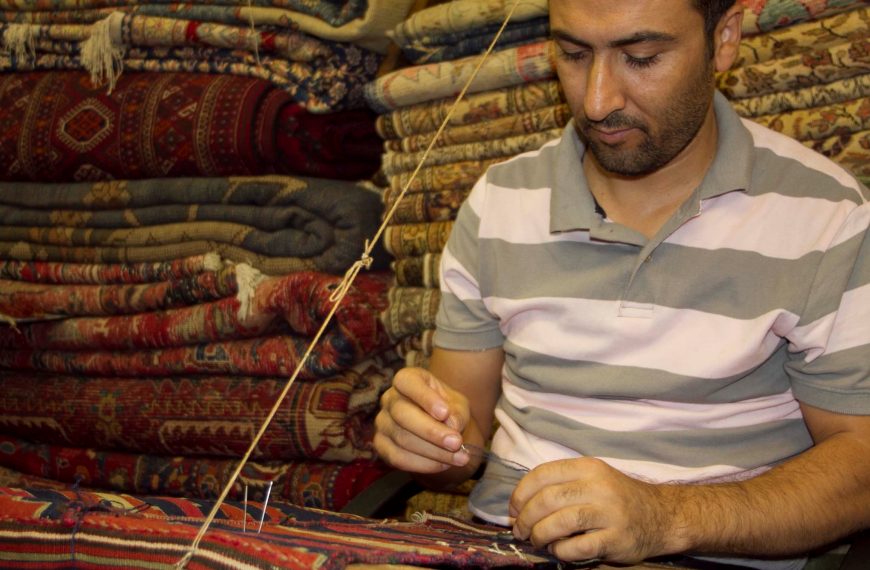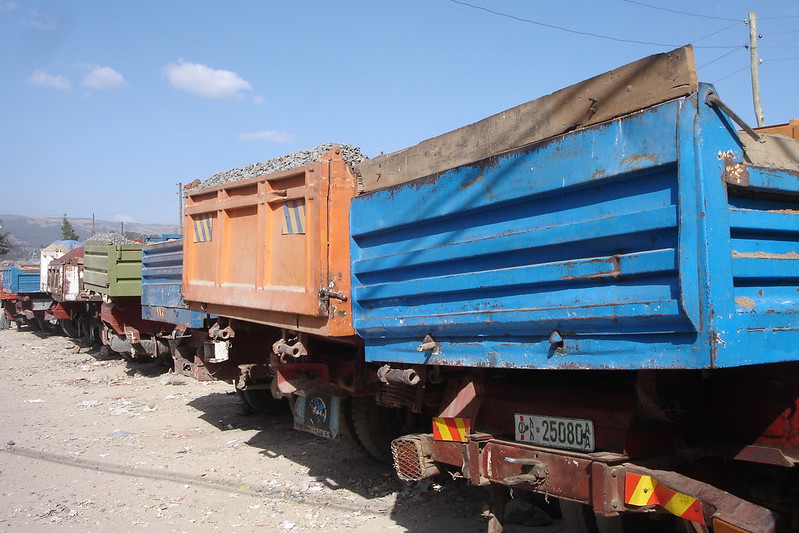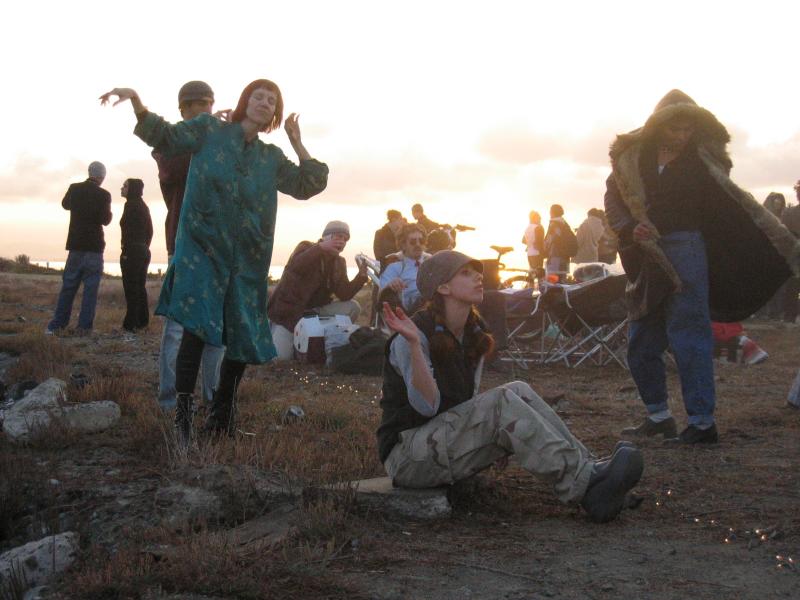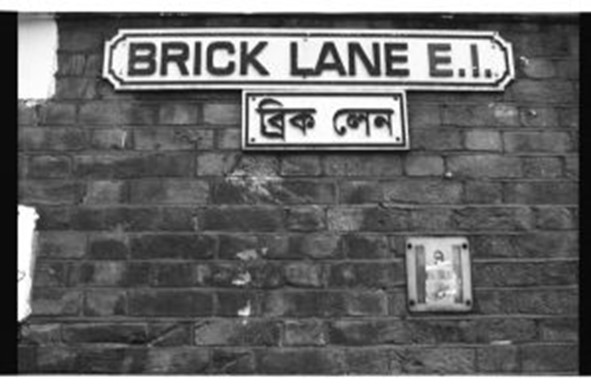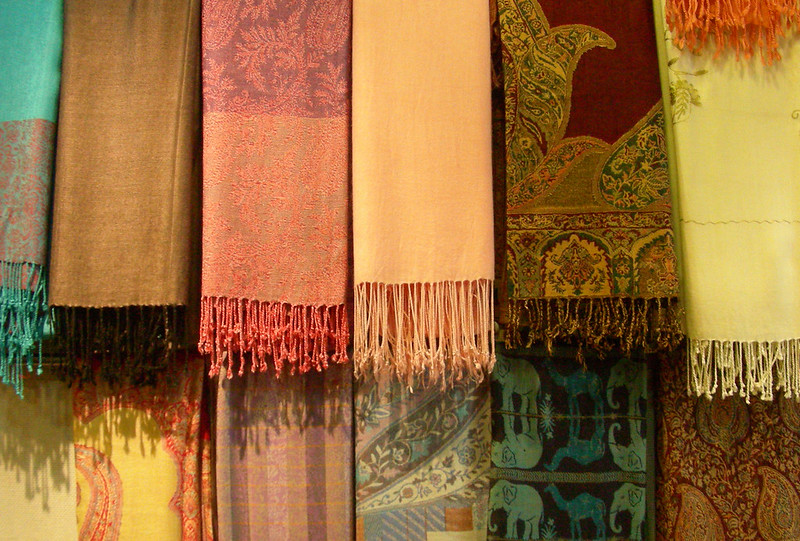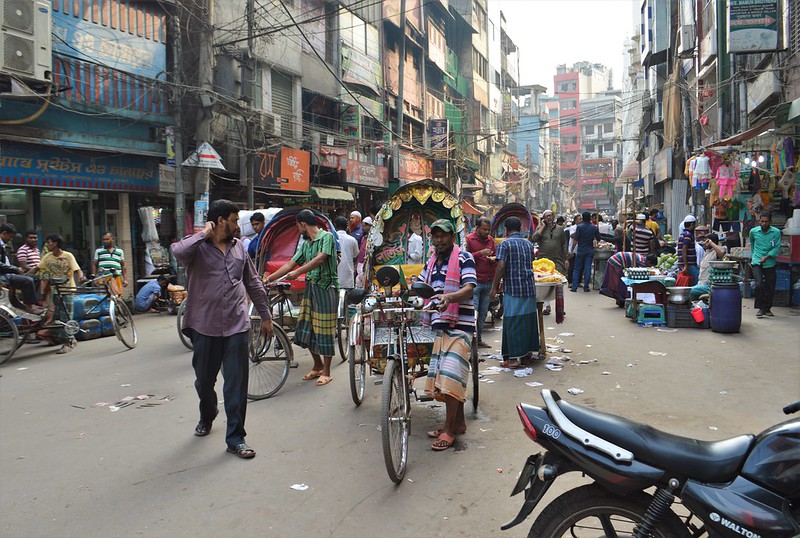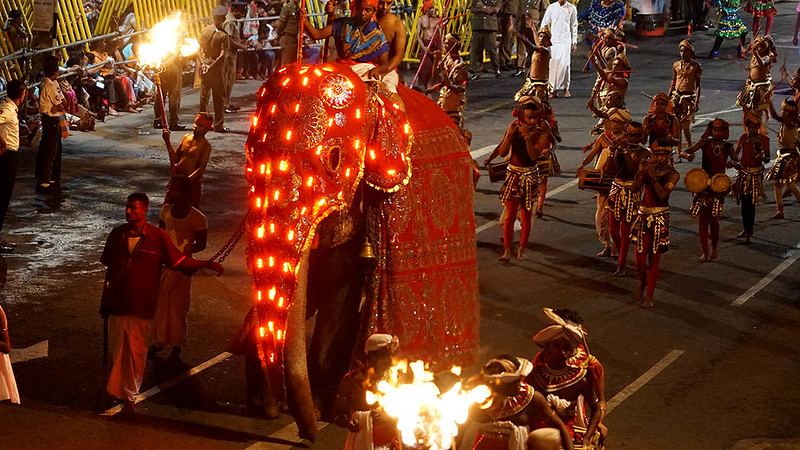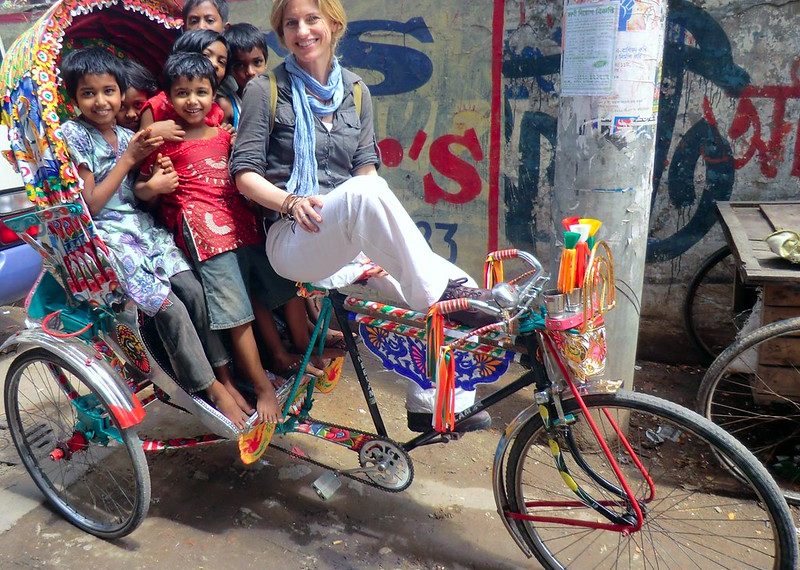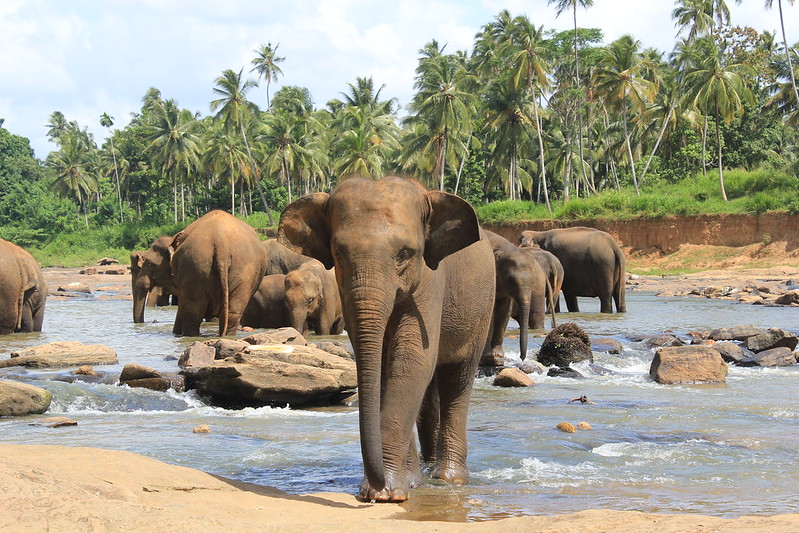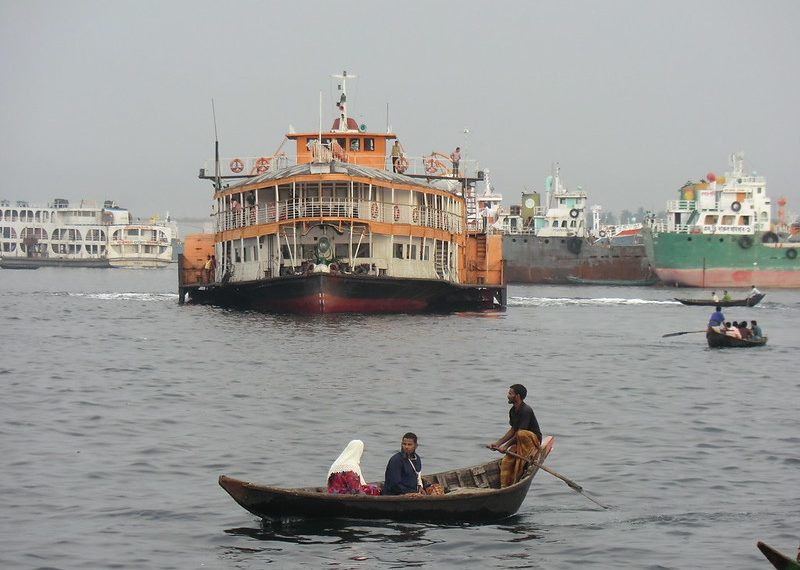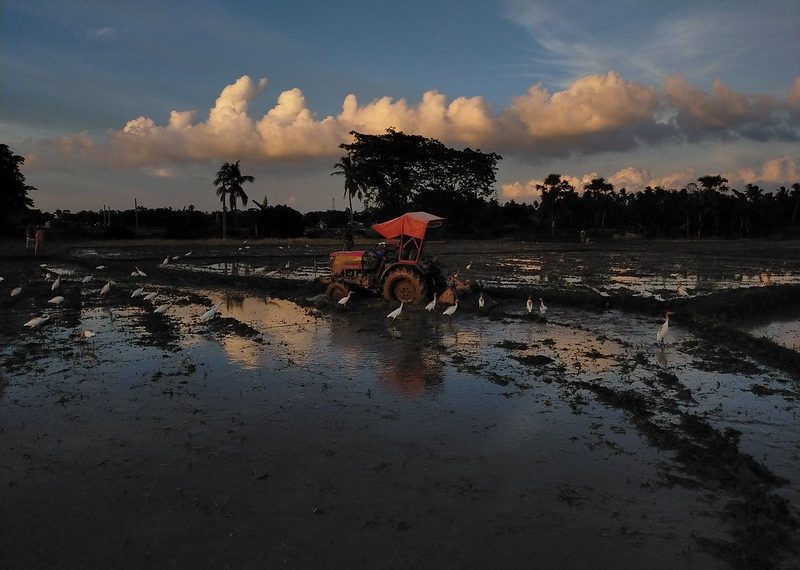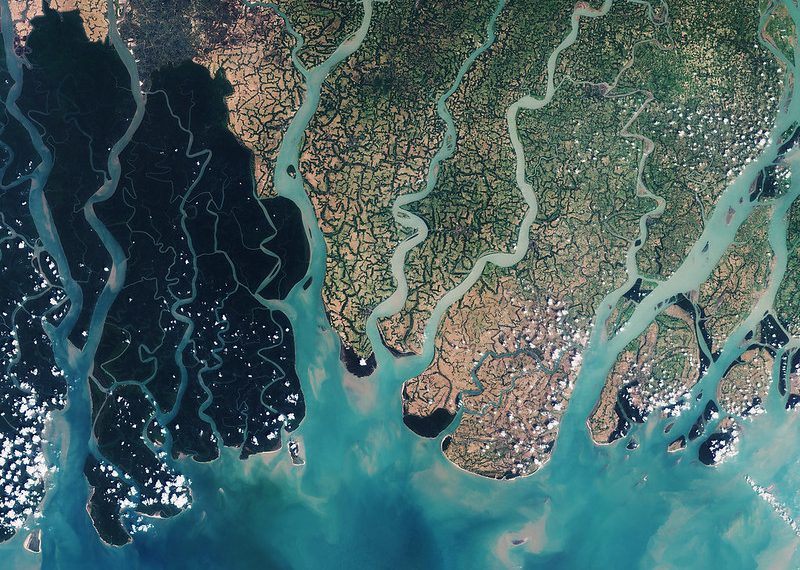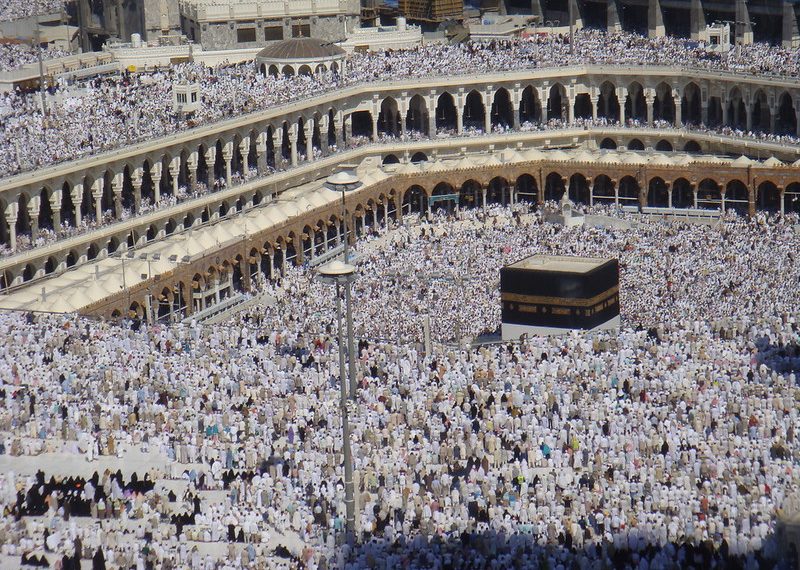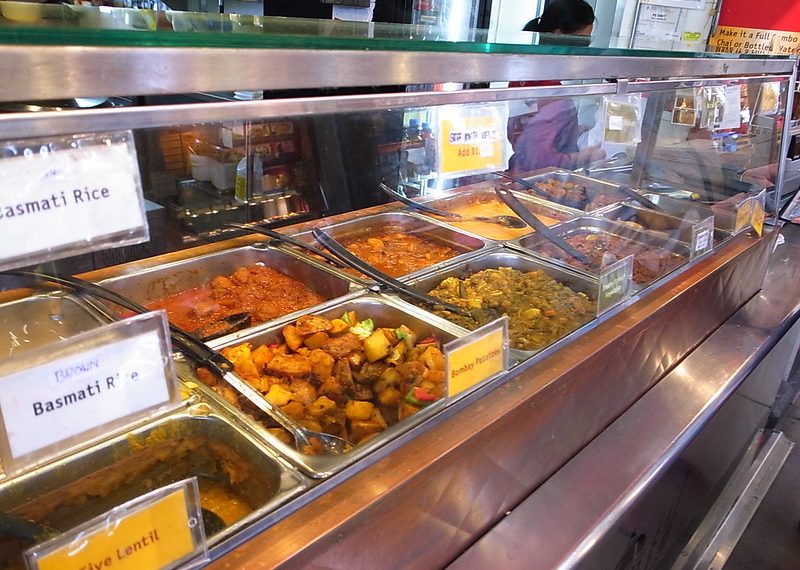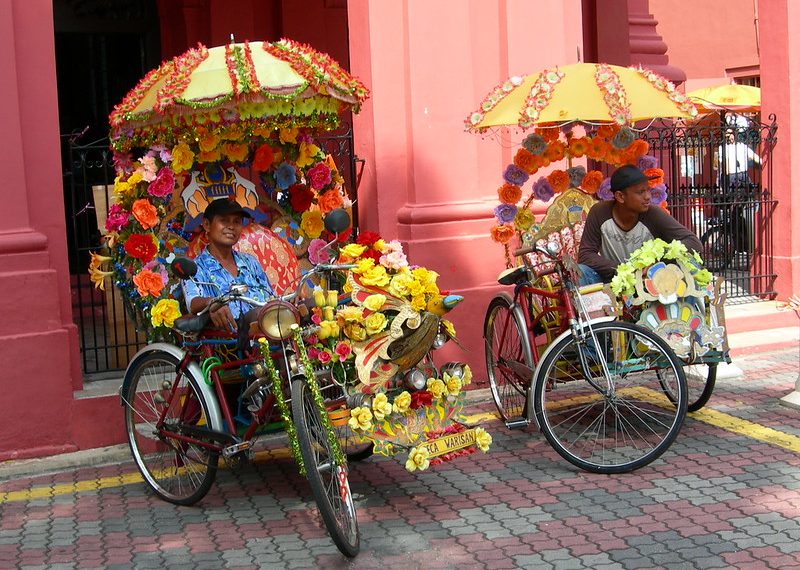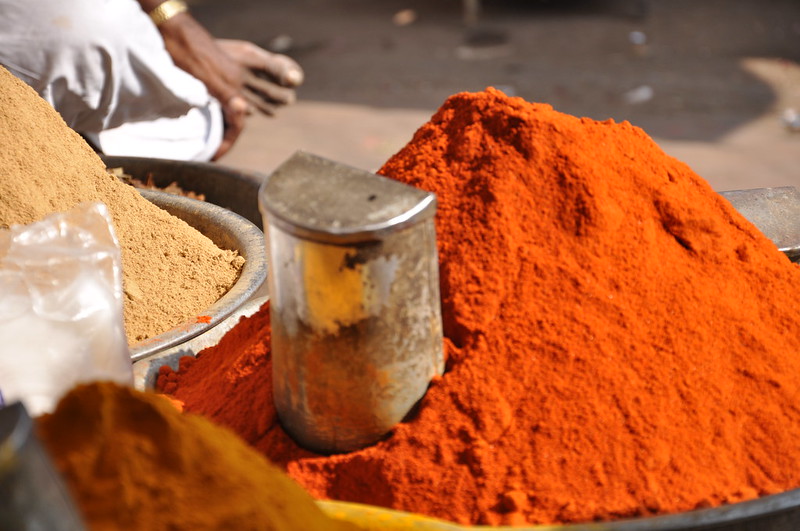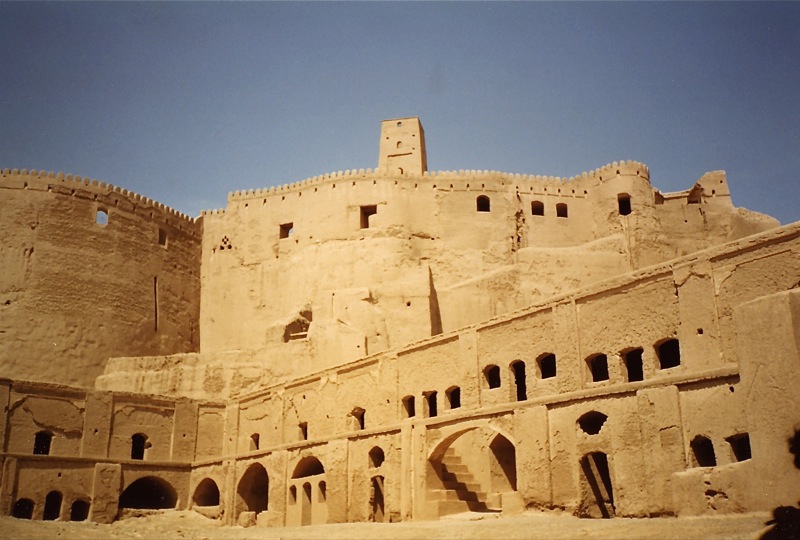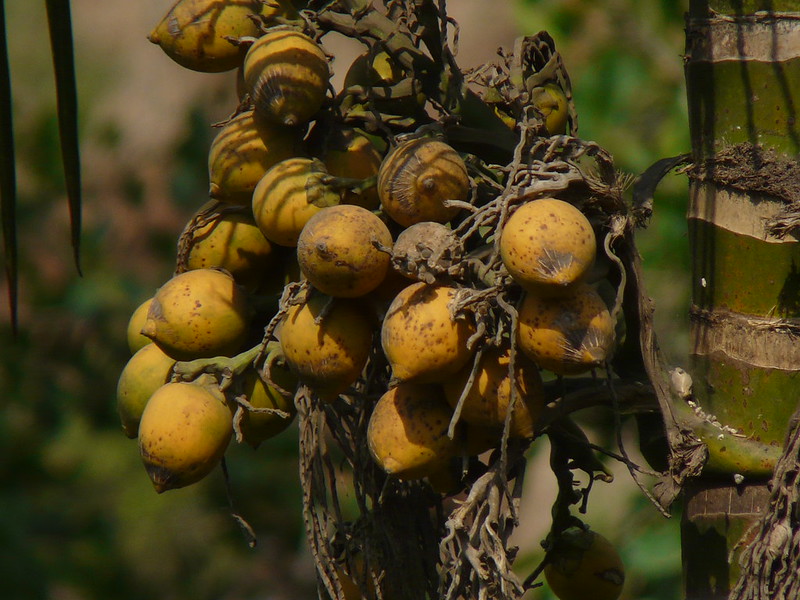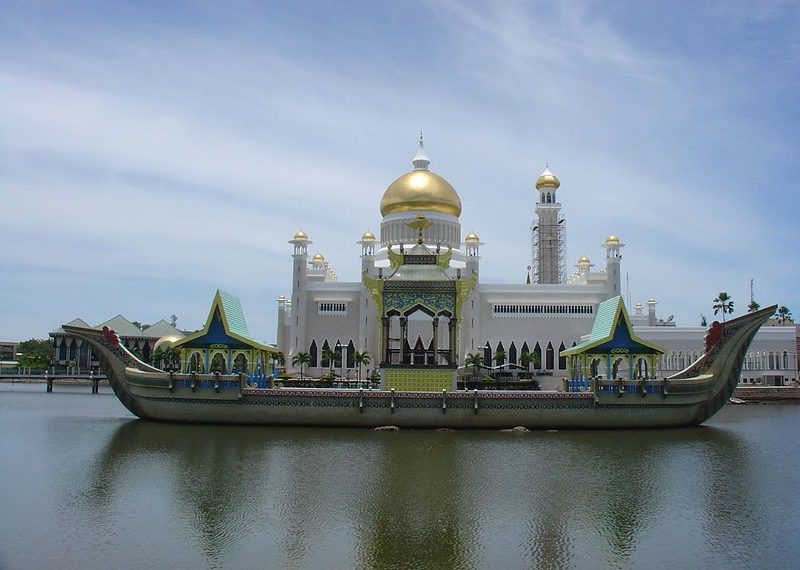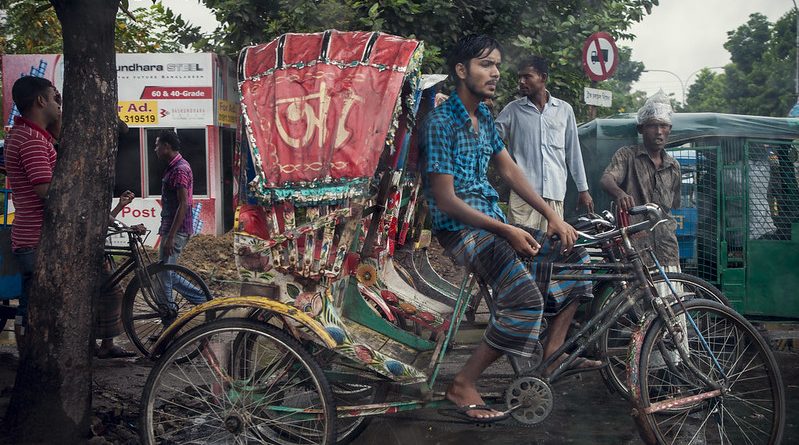
Bangladesh
One of the most densely-populated countries on the planet, Bangladesh is about the size of New York state and is home to 163 million people. Despite a wealth of issues, Bangladesh is one of the world’s most beautiful and fascinating countries. A place of immense natural beauty, as epitomised by areas such as the Sundarbans, Bangladesh is rich in biodiversity. Bangladesh’s cultural identity is synonymous with that of the Bengali people, which is evident in its cuisine and its architecture.
Formerly known as East Pakistan, Bangladesh is the 7th most populous country in the world. It is situated in the Indian Subcontinent and is bordered by India from all sides except the small border it shares with Burma and the Bay of Bengal in the south.
Bangladesh gained independence from Pakistan in 1971 after it won the liberation war with Pakistan. Before the war, Bangladesh was the east wing of Pakistan separated from its west wing (Pakistan today) by more than 1500 km of Indian territory. The continued political and economic neglect by the west wing and linguistic differences between two culminated into the Liberation war.
But the establishment of a separate state did not do much to alleviate the abject poverty until the economic reforms of 1991. Today, despite of a weak political system Bangladesh is showing signs of significant economic progress and is one of the 20 fastest growing economies of the world.
Though there are few historical monuments in Bangladesh there is abundance of natural beauty. Bangladesh is home to the world’s largest swamp forest, the Sundarbans and its southern regions form the great Ganges Delta. The two main rivers of the Indian Subcontinent, Ganges and Brahmaputra flow into the Bay of Bengal from here, making the soil extremely fertile.
According to the Bangladesh tourism industry the best time to visit Bangladesh is between October to March. Temperature during this time is between 11 to 21 Degree Celsius.

